
Martin Bryce
13 October 2025
•2 min read

Who was Ada Lovelace?
Tuesday, 14 October, is Ada Lovelace Day, a celebration of a true pioneer. Ada Lovelace (1815–1852) was an English mathematician and writer. Her most famous work was on the Analytical Engine, Charles Babbage’s design for a mechanical computer.
More than a mathematician, Ada is seen as the first computer programmer. Her genius was her ability to see beyond simple calculations. She imagined that machines could one day create music and art, a concept she called “poetical science.”
This vision—of translating complex information into real-world human impact—connects her directly to the women in STEM roles across NHS Scotland today.
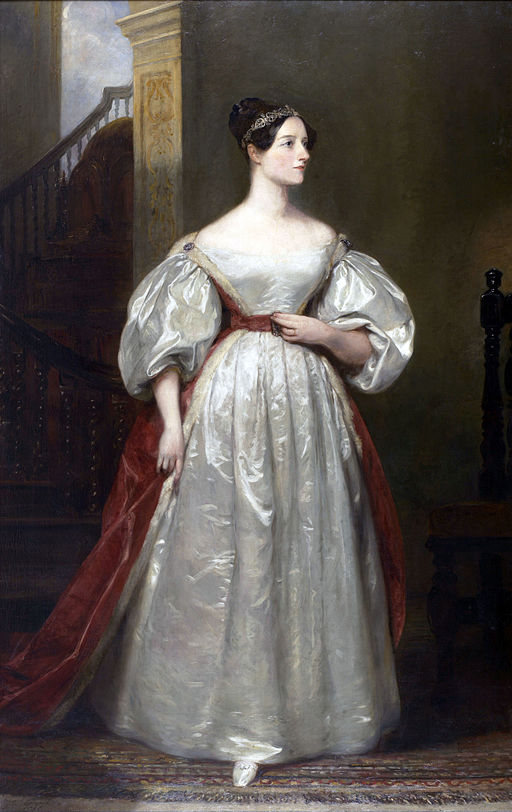
A modern legacy: From poetical science to patient care
Ada’s true legacy is about more than just algorithms, calculations and code—it’s also about her vision. She translated the potential of a complex machine, the Analytical Engine, into real-world applications.
Today, women across NHS Scotland carry on Ada’s powerful legacy. They turn abstract data into diagnoses, technical processes into treatments, and complex needs into new and transformed services. Their work is Ada’s “poetical science” in action.
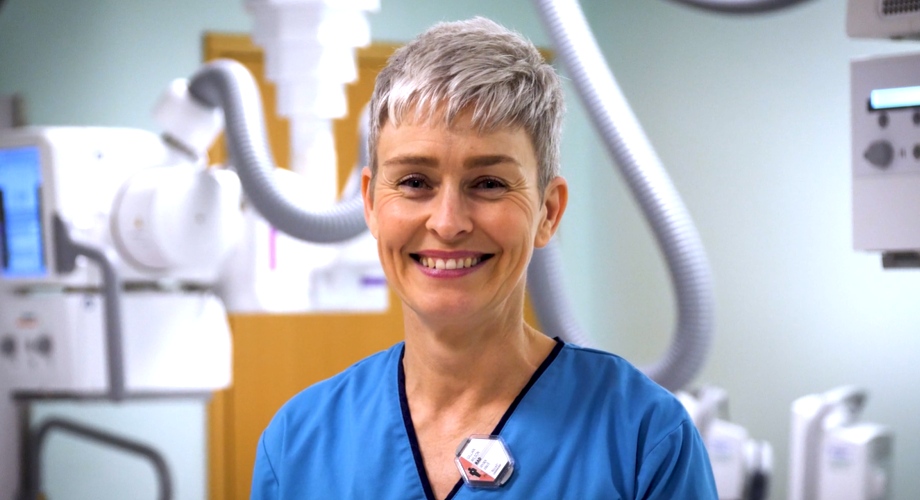
Gillian: Diagnostic Radiographer
Diagnostic radiographers like Gillian put “poetical science” into practice. Using highly advanced technology, she interprets complex physics to create clear, detailed images, revealing what’s happening inside the human body.
Gillian’s role is one that requires a unique blend of technical skill and patient empathy. These images are vital pieces of a puzzle. They help consultants to make an accurate, often lifesaving, diagnosis.
Learn about Gillian and her role as a diagnostic radiographer.
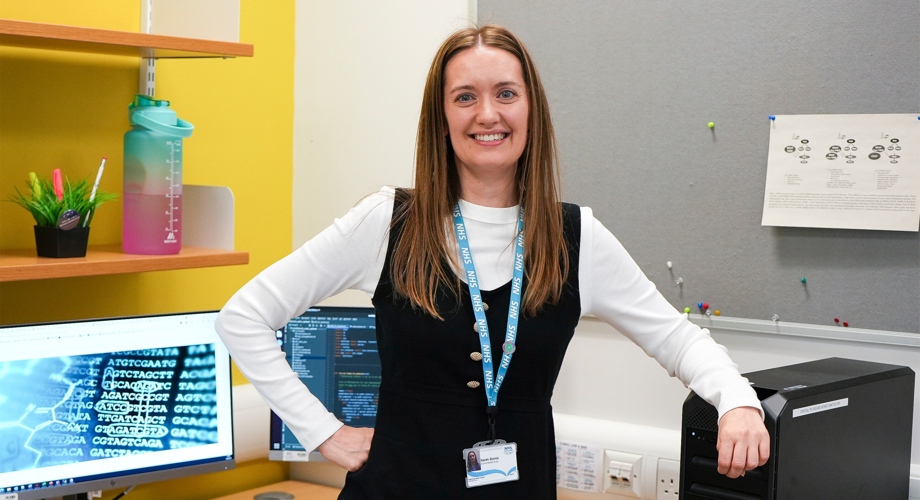
Sarah: Bioinformatician
The skill of finding meaning in complex information is also essential in our labs, where the future of medicine is taking shape. Bioinformatician Sarah works at the cutting edge of healthcare, transforming vast biological and genetic data into actionable insights.
Her work helps researchers spot patterns and develop new treatments. It’s a digital detective story, finding vital clues in the data that could make a positive impact on a patients’ lives.
Learn how Sarah provides a deeper understanding of bioinformatics.
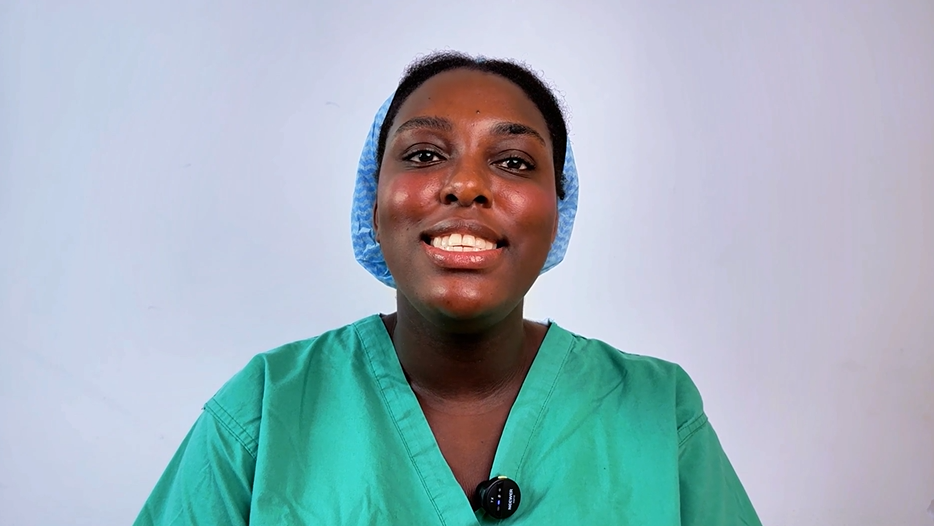
Pamela: Anaesthetic Practitioner
You can see this same passion for helping people on the front line of patient care, where technology and humanity meet. Pamela’s journey to becoming an anaesthetic practitioner also shows incredible resilience.
In this vital role, Pamela uses her deep knowledge of science and technology to help keep patients safe and comfortable during surgery. It’s a career that perfectly blends compassion with precision.
Read about Pamela’s journey to becoming an anaesthetic practitioner.
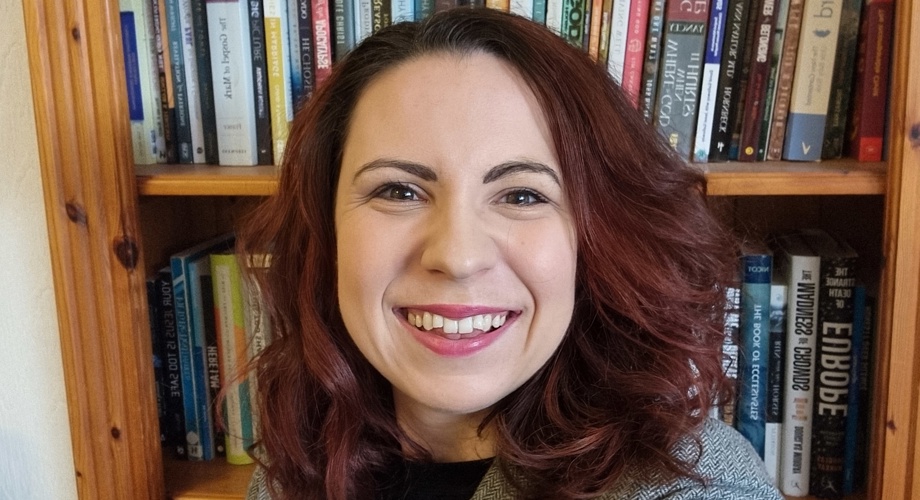
Jennifer: Psychiatry Core Trainee
Finding your own path is a key part of what Ada Lovelace represents. Jennifer’s story is a powerful modern example of this. By bravely switching from a career in surgery to psychiatry, she followed her passion for understanding the complexities of the human mind.
Her journey shows that a career in STEM isn’t just about following a set path. It’s about having the vision to find a deeper, more meaningful application for your unique skills.
Read Jennifer’s journey of faith, resilience, and new beginnings.
Ijeoma: Associate Director, Health and Clinical Service Design
Translating capabilities across disciplines and sectors is essential for driving innovation and shaping the future of health services. Ijeoma’s application of surgical practice patterns to complex systems is a perfect example of this. She leads teams that design and develop digital services to support care pathways and the healthcare workforce while meeting policy and practice standards.
Ijeoma’s role requires a strong visionary outlook, transforming the complex needs of modern healthcare and rights-based practice into effective, user-friendly digital tools and systems. It’s about platforming the technological foundations that enable people to navigate health and wellbeing support and our staff to provide the best possible care for people across Scotland.
Building a more inclusive future in STEM
Data from NHS Education for Scotland reveals that women make up an incredible 77% of the NHS Scotland workforce. However, when we look at national data from Equate Scotland, women hold only about one in four STEM roles. This is why celebrating and supporting the pioneering women in our technical and scientific fields is so vital.
That same spirit of curiosity and compassion, from Ada Lovelace’s ideas to the work our experts do every day, is still going strong. For women in STEM roles at NHS Scotland, it’s more than a job. It's about carrying on an important legacy.
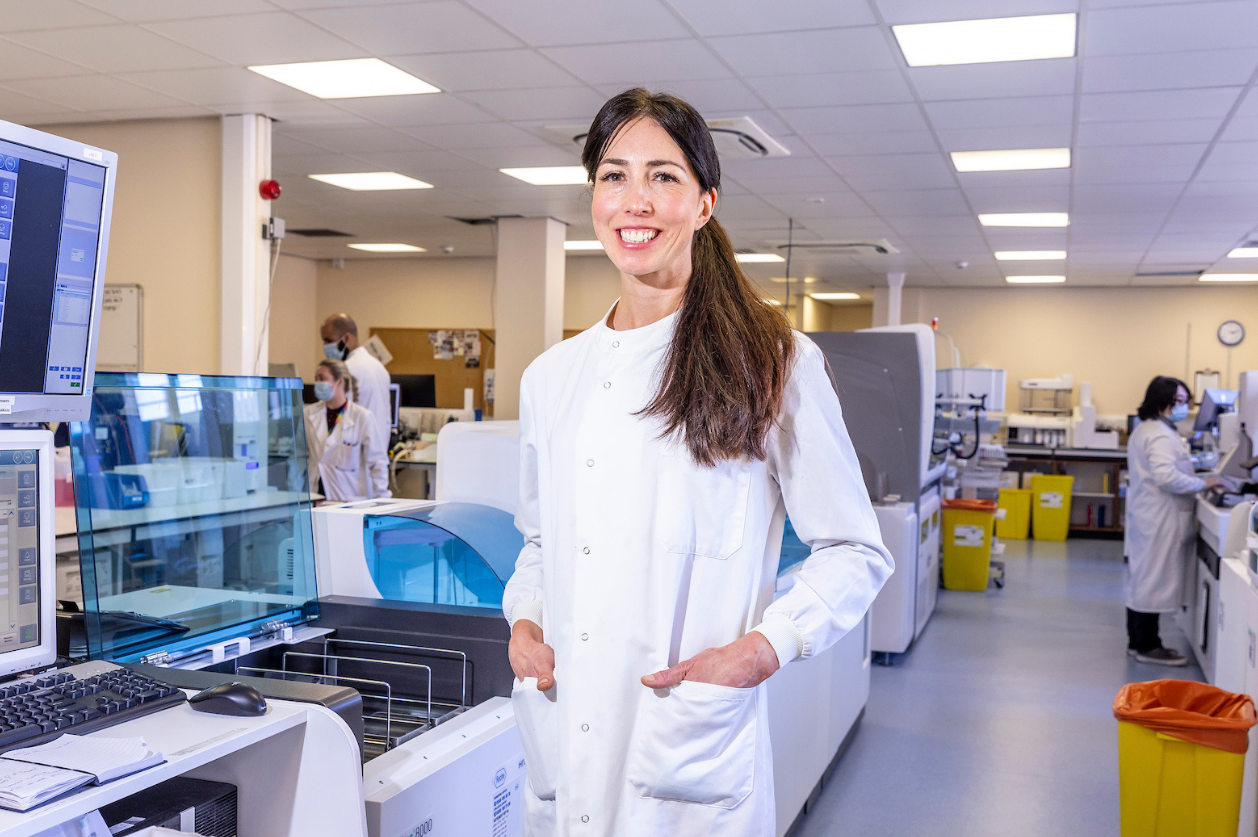
Explore STEM careers in NHS Scotland
Inspired by the stories of the innovators and pioneers making a difference every day? NHS Scotland offers a huge range of STEM career options, including:
- software development
- medical physics
- paramedicine
- mechanical engineering
- data science
- user research
- service design
Turn your passion for science, technology, engineering, and mathematics into a rewarding career.
Find a STEM career in the NHS that's right for you.